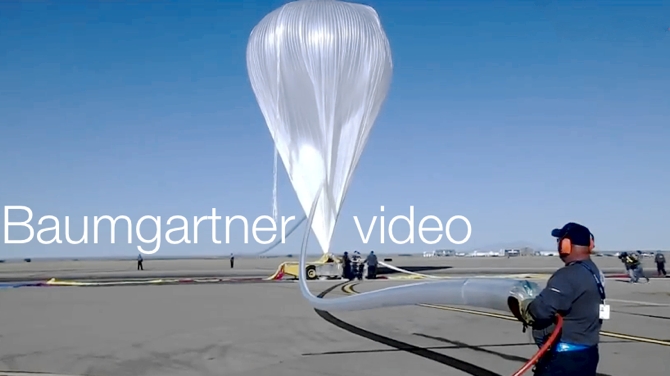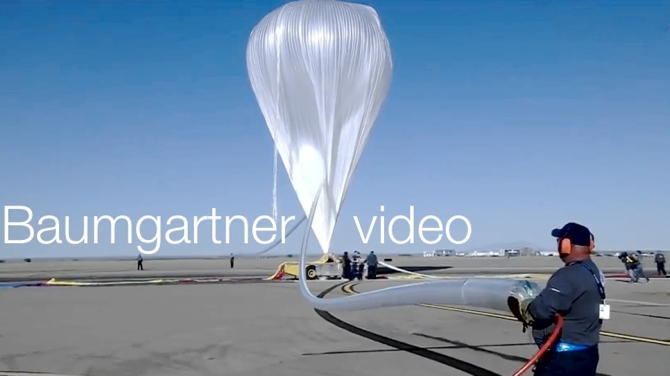
 Baumgartner Video Tech
Baumgartner Video Tech
When it came to filming Felix Baumgartner’s epic jump from the edge of space, Red Bull Stratos combined NASA-rated gear with equipment that you can pick up on the High Street.
Comms and cameras: when you’re capturing images of a man stepping off a platform suspended under a helium balloon 39,045 metres up in the sky, both are rather important. Even more so when one of the records you’re breaking is not just for height and speed, but also for the number of concurrent video streams that YouTube is serving up of the escapade round the world (8 million if you were wondering). And as Red Bull Stratos, the team behind Felix Baumgarnter’s astonishing skydive/spacedive is more than happy to admit, “The challenges of providing extensive still and video images in the extremes of the stratosphere have proven as complex as every other mission component.”
Five years
Baumgartner says he spent five years training and preparing for the jump, and the broadcast team weren’t far behind. Riedel, for instance, supplied all the comms gear after an intensive three year development programme that saw it oversee not only communications and video but also data transmission and distribution.
Video was pumped round the ground-based sites using the company’s MediorNet over a 5km fibre network, while the links to the capsule itself were achieved using three SD microwave relays (HD kit being considered too bulky when development first started) which could be remotely assigned to any of the nine HD cameras inside for the (downresed) live broadcast.
Video and still cameras
These were Lux Media Plan HD1200 mini cameras, which joined three RED ONEs and three (as yet unspecified) high-res digital still cameras that were, of course, out of the live loop. The HD cameras recorded to Panasonic P2 recorders housed in a pressurised electronics 'keg' containing somewhere in the region of two miles of wiring. Four of the capsule cameras were space-rated units attached to the exterior base, eight were housed in pressurised housings filled with nitrogen gas, also on the exterior, and the final three are interior. All were remotely controlled from the Mission Control Centre and special filters were used on some to compensate for the increased brightness of the sun in the upper stratosphere.
GoPro
Baumgarnter himself wore five GoPro Hero HD mini-cameras, one on each limb and one also mounted on his chest pack. These were simple, off the shelf models with no special housing and compare nicely to the vast, expensive and rather wonderful JLAIR (Joint Launch vehicle and Aircraft Imaging in Realtime) optical ground tracking camera system used to track the capsule’s slow ascent and Baumgartner’s slightly more rapid one.
The JLAIR was developed by Flightline Films, who oversaw all the high-altitude cameras. It carries a variety of high-power zoom lenses and large telescopes attached to an 3600kg motorised pedestal, previously used to track Space Shuttle launches. Primary optical equipment includes: 160in focal length – 16in aperture f/10 – SCT; 154in focal length – 14in aperture f/11 – SCT; 80in focal length – 10in aperture f/8 – Ritchey Chretien; 42x 27mm – 1140mm HD acquisition Zoom Lens. Main imaging kit meanwhile features a Panasonic HPX-500 HD P2, the ubiquitous RED ONE, a SUI SU640KTSX Shortwave Infrared camera, and a Canon EOS 40d digital still camera.
Gyro
And finally, the team also used a single-engine helicopter mounting gyro-stabilised Cineflex V14 HD carrying an advanced HD video camera with a 13.5x42 lens. This was not only to capture more images for TX, but also to provide a plottable map image that could help guide the recovery helicopter to the landing site. After all, when a man falls to earth, you don’t want to leave him hanging around too long.
Tags: Technology



Comments